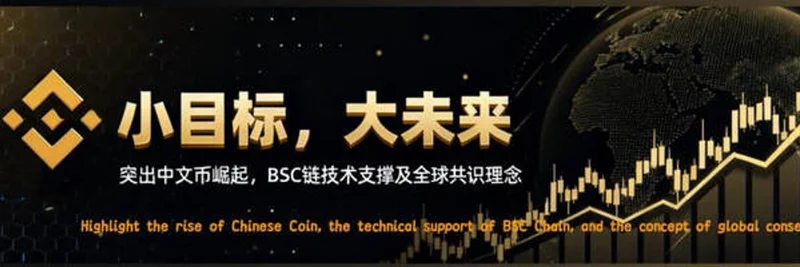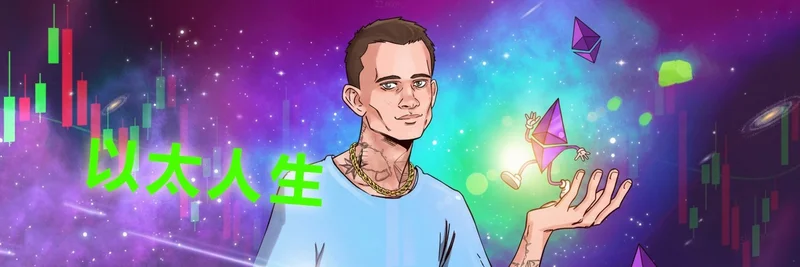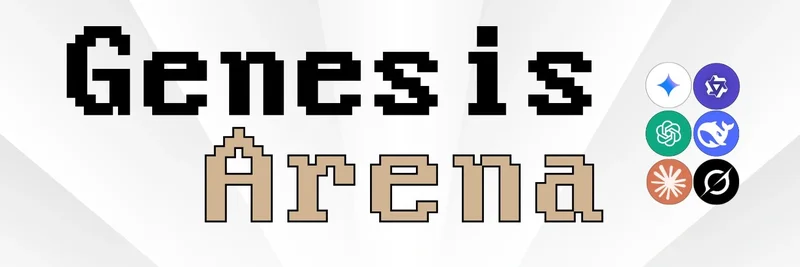In the fast-paced world of cryptocurrency, where fortunes are made and lost overnight, a recent tweet from Kyle (@0xkyle__), a thesis-driven investor at Defiance Capital, has sparked conversations across the community. His post reads: "people are starting to wake up that the leaders at the top aren't exactly competent history always repeats, its so crazy." This succinct observation captures a growing sentiment in the blockchain space – one that's particularly relevant to meme token enthusiasts and practitioners looking to navigate the volatile waters of crypto.
For those new to the scene, meme tokens are cryptocurrencies inspired by internet memes, often starting as jokes but sometimes evolving into serious projects with massive communities. Think Dogecoin or Shiba Inu – they've shown how grassroots movements can challenge traditional finance. Kyle's tweet hints at a broader disillusionment with established leaders, whether in government, big tech, or even crypto institutions. In blockchain terms, this "incompetence" could refer to failed promises from centralized entities, like the collapses we've seen in major exchanges or overhyped projects that fizzle out.
History repeating itself is a theme as old as time, but in crypto, it's amplified by the cycle of hype, boom, and bust. Remember the ICO craze of 2017? Or the NFT mania in 2021? Each wave brings "leaders" who promise the moon but deliver craters. Kyle's words resonate because they echo the decentralization ethos at the heart of blockchain – the idea that power shouldn't be concentrated in the hands of a few fallible individuals. Instead, meme tokens often thrive on community-driven governance, where anyone can participate without needing a fancy title.
Looking at the replies to Kyle's tweet, we see a mix of humor, agreement, and calls for change. One user quipped about appointing themselves CEO of failed projects, highlighting how competence isn't always a prerequisite in this space. Another pointed to declining trust in institutions, tying directly into the decentralization narrative. A reply emphasizing "Trust in institutions at all-time lows. Decentralization thesis playing out in real time right now" underscores why meme tokens are gaining traction – they're a rebellious response to top-down failures.
For blockchain practitioners, this awakening is an opportunity. By building on decentralized protocols like Ethereum or Solana, you can create meme tokens that empower users rather than enrich a select few. Tools like smart contracts ensure transparency, reducing the risk of incompetent leadership derailing a project. If you're diving into meme creation, focus on community building – host AMAs, launch fair distributions, and leverage platforms like Pump.fun for quick launches.
But let's not sugarcoat it: the crypto world isn't immune to its own charlatans. Rug pulls and pump-and-dumps are modern twists on historical scams. Kyle's reminder that history repeats urges us to learn from the past. Study whitepapers, audit code, and engage with transparent teams. At Meme Insider, we're committed to curating knowledge that helps you spot the real deals amid the noise.
As the community wakes up, expect more shifts toward truly decentralized models. Meme tokens, with their viral potential, could lead the charge, turning incompetence at the top into innovation from the bottom up. Stay vigilant, keep learning, and remember – in blockchain, the real power lies in the network, not the node at the top.




